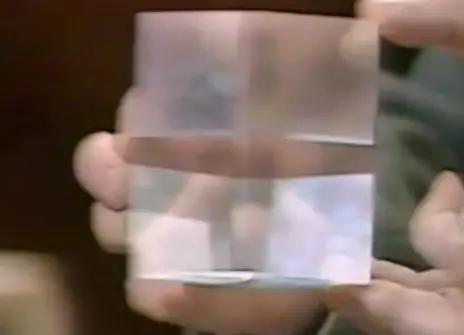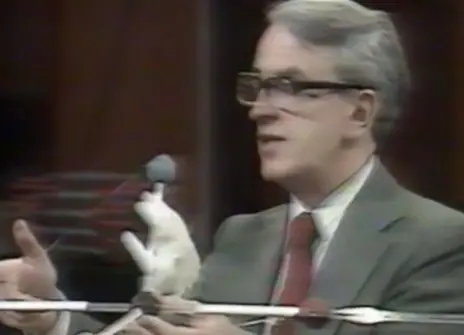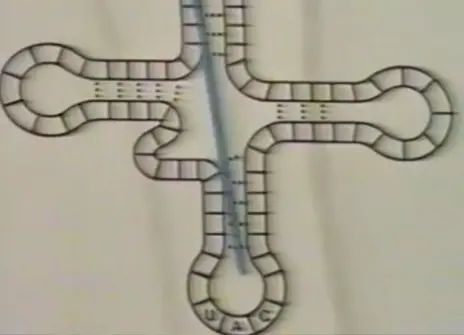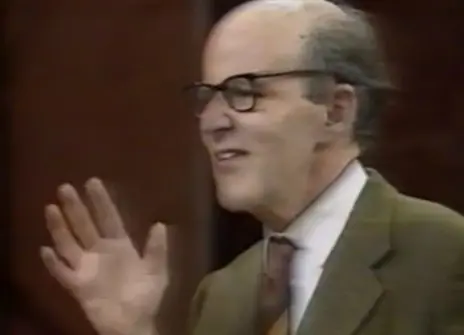Lecture 4 – Eggs, genes and proteins
From the 1980 programme:
The egg is a single cell from which a chicken develops by the process of cell division. The one cell divides to form two cells, they divide to form four cells and so on. The resultant cells are not all the same. Following the instructions of the master plan which is encoded in the genes they develop in different ways to form the various parts of the whole organism. Some become skin cells, some become kidney cells, others become liver cells and so on, but each carries a complete copy of the master plan.
The genes are made up of DNA and each one produces its effect in the development of the chicken by directing the manufacture of a protein. We shall see how a complex apparatus made of nucleic acids and proteins reads the recipe encoded in the chemical structure of a gene and synthesizes the corresponding protein.
About the 1980 CHRISTMAS LECTURES
Which came first, the chicken or the egg? This is one of the best known of all riddles without an answer but it is now giving place to a new riddle about the molecules from which chickens and eggs – and human beings – are made. These molecules are proteins and nucleic acids.
This series of six lectures, five presented by David Phillips and one with Max Perutz, showcases the complexity and importance of the proteins that make up so much of life. The lectures weave through the DNA helix, unravelling the mechanism that links DNA and protein production, and asking ‘which came first, the DNA or the protein?’





